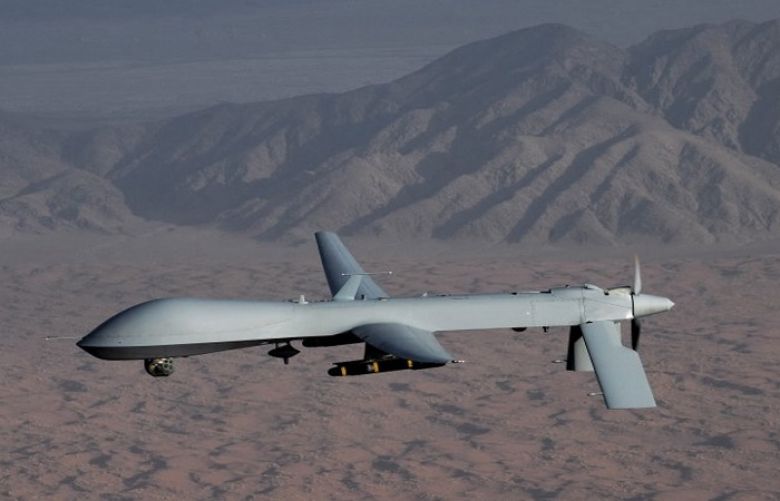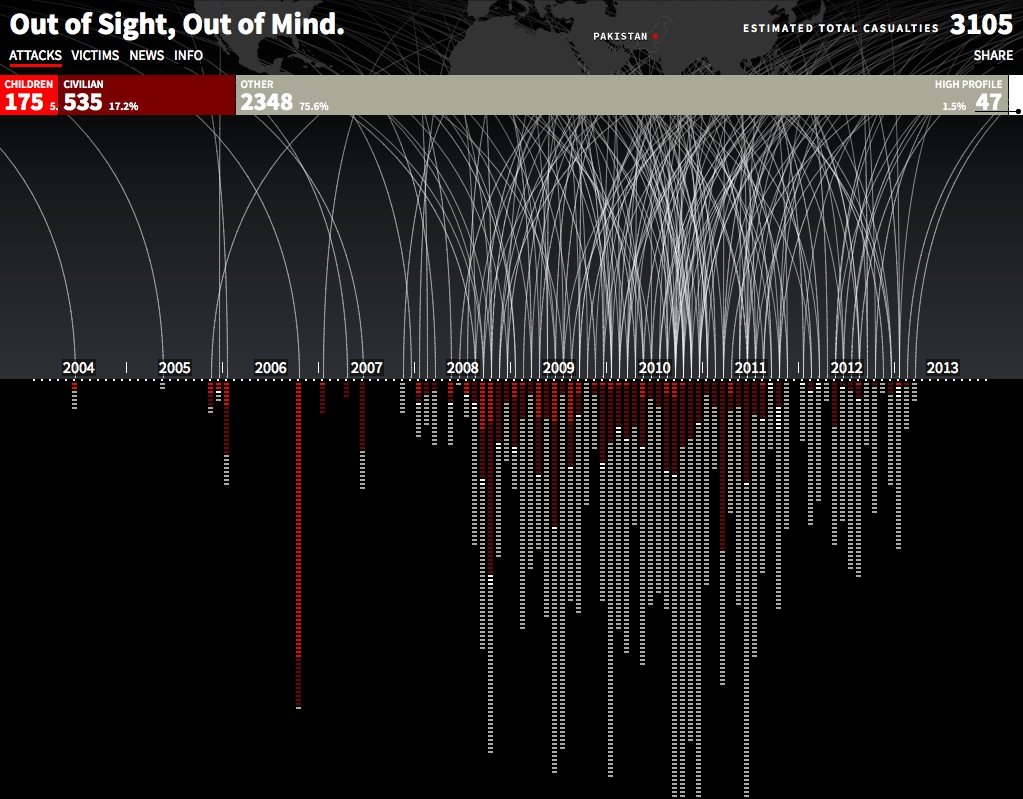

government to address threats to United States citizens and to the country without putting our own people in harm's way. And the argument that President Obama made in repeated speeches and descriptions of the legal rationale and the policy rationale for the use of this tool was - in many instances, it was more precise and allowed the U.S. MONACO: Well, I can only speak to the policies that were in place during my time in government. I mean, is it really the best tool to be used as widely as it's being used and has been used in the past? But civilians and others are paying the price in these drone strikes. The public is almost unaware because no soldiers are in harm's way. GARCIA-NAVARRO: Well, public confidence - it's an interesting word that you use because, as you know, critics say that the drone program more widely has allowed the United States to conduct covert and remote wars with little accountability. But I think it's important to remember the point of this transparency, at least with respect to the Obama administration's executive order, was to improve accountability for the government's operations and thereby also hopefully improve the public confidence in those operations. MONACO: Well, to be fair, it was not perfect. But let me ask you about that 2016 Obama executive order because under that order, there was only one report issued, and it was sort of vague and uncheckable. So I think, in fact, the 2016 requirement added additional transparency that we'll now lose.

What I think is missing here is a focus specifically on the counterterrorism operations and the number of counterterrorism strikes, the combatants killed in those strikes, as well as civilians. MONACO: Well, first, the requirement that was put in place in, I think, 2018 by the Defense Authorization bill, that is an important requirement, but it requires the military to report only on civilian casualties in its operations. And while this new order frees the CIA from reporting, the administration is leaving in place that requirement and that the CIA limit strikes to high-level militants. GARCIA-NAVARRO: The Trump administration said the order was superfluous because a separate law requires the Pentagon to report on civilian casualties to Congress. So the public could see trends in those operations and hold accountable the government for living up to the pledge it had made. And that's that under the executive order and the portion that has now been revoked, the director of national intelligence was required to report on all counterterrorism strikes that were taken outside of active conflict zones and, importantly, on the number of combatants and noncombatants - indeed, civilians - unfortunately killed in those strikes. And the specific requirement here, Lulu, I think is important to make clear. MONACO: Well, look I think it's an unfortunate step back from some transparency. GARCIA-NAVARRO: So your reaction to President Trump's order? Lisa Monaco was a homeland security and counterterrorism adviser to President Obama, and she joins us now. On Wednesday, President Trump issued his own executive order to undo a part of it. During his last year in office, President Obama signed an executive order requiring that the government release information about the number of people killed by U.S.


 0 kommentar(er)
0 kommentar(er)
